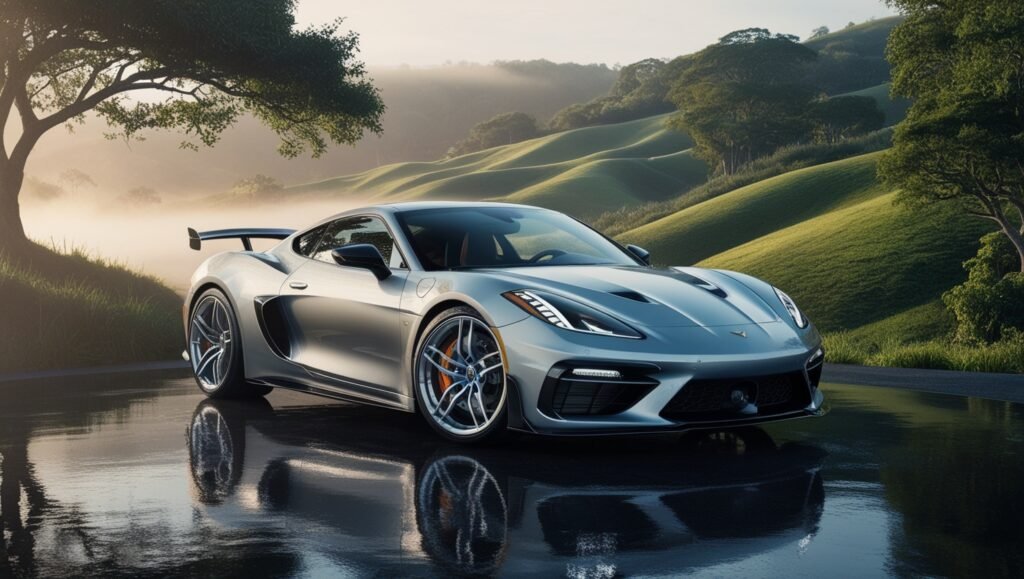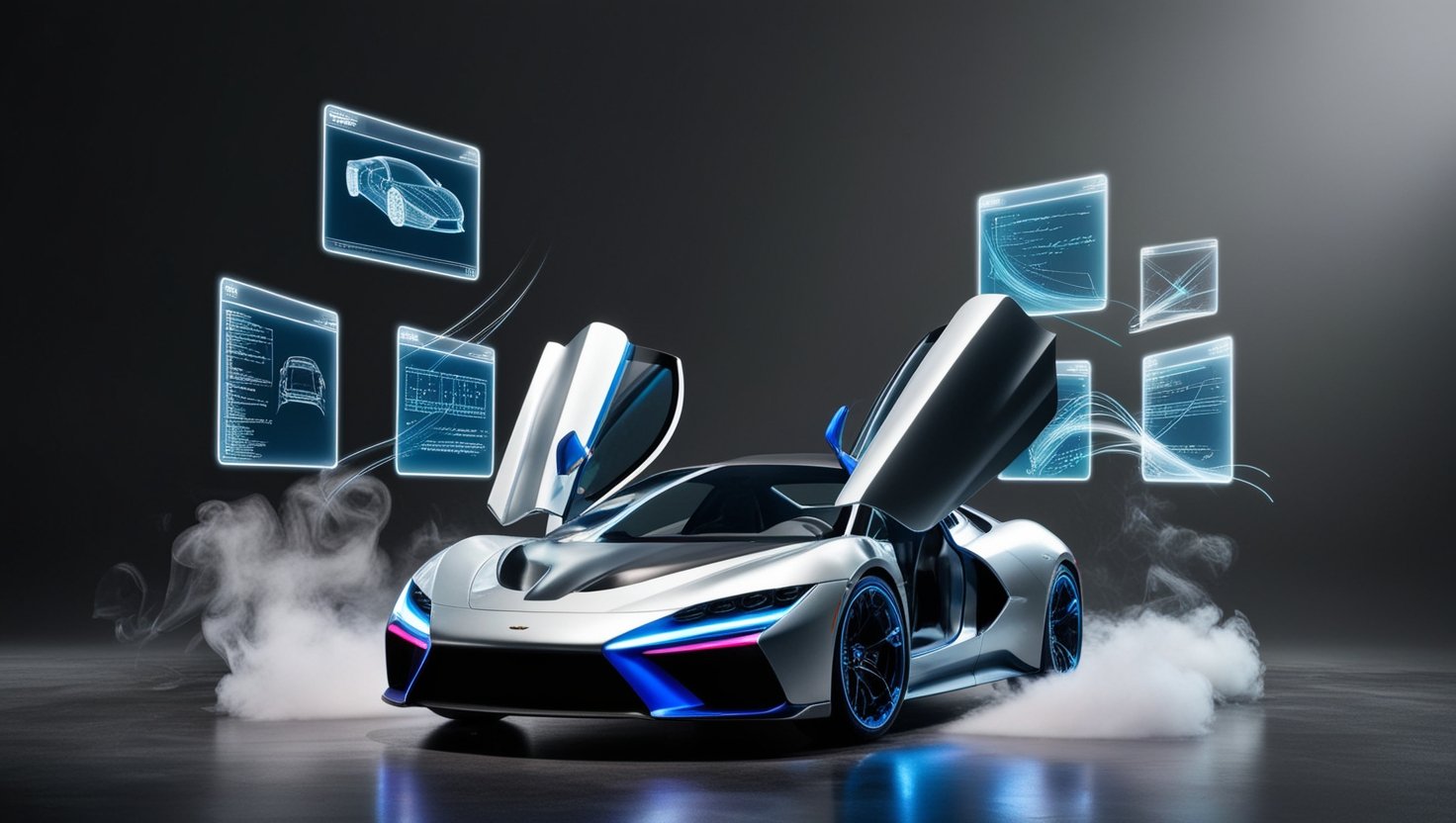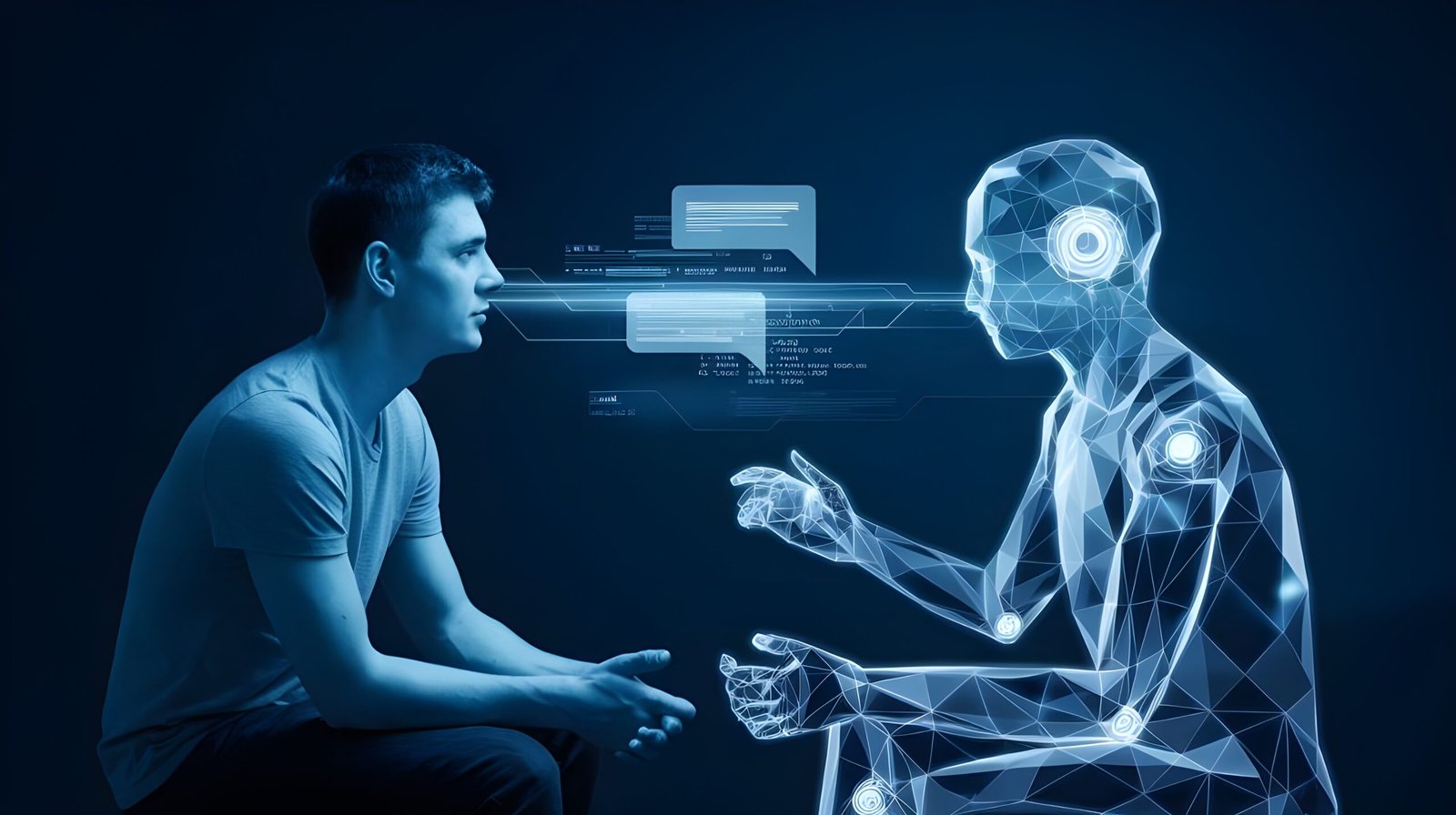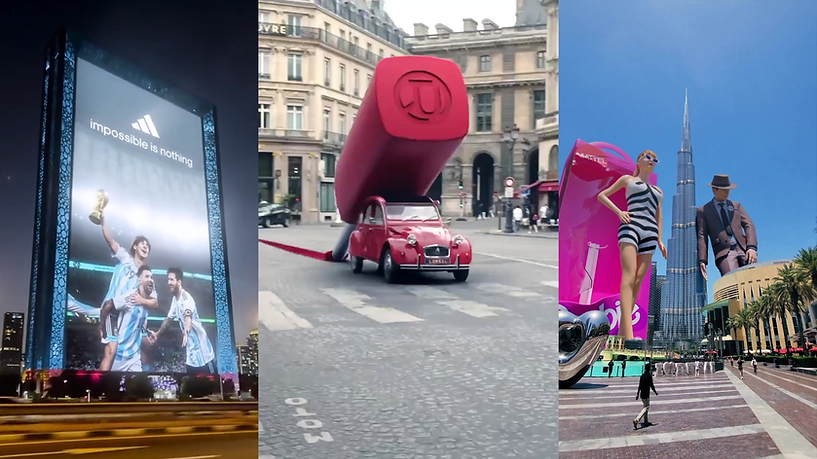The automotive industry is experiencing a profound transformation, driven by advances in technology and an evolving consumer landscape. One of the most significant areas of change is in automotive visualization — the art and science of creating digital representations of vehicles that range from conceptual sketches to lifelike renderings. In 2024, visualization technology is not just a tool but a critical component that shapes how automotive brands design, develop, and market their vehicles. This blog will explore the latest trends in automotive visualization, highlighting how these innovations are pushing the boundaries from concept to reality.
1. The Rise of Real-Time 3D Visualization
Real-time 3D visualization is becoming the backbone of the automotive design process. Thanks to advancements in powerful graphics engines like Unreal Engine and Unity, designers can create interactive and immersive 3D models that update in real-time. This capability allows designers, engineers, and stakeholders to see immediate changes, explore vehicle designs from every angle, and make decisions faster than ever before.
Impact on Automotive Design:
- Real-time 3D visualization reduces the time from concept to market by allowing designers to iterate quickly without waiting for lengthy rendering processes.
- Stakeholders can engage with virtual prototypes, giving feedback early in the design phase, leading to better product decisions.
- The use of real-time visualization is expanding beyond design to marketing and consumer engagement, offering virtual showrooms where customers can explore vehicles in a highly interactive environment.
External Reference:
- Unity and Unreal Engine’s Role in Automotive Design showcases how these platforms are transforming the automotive industry with real-time visualization capabilities.
2. Virtual Reality (VR) and Augmented Reality (AR) in Vehicle Prototyping
VR and AR technologies are becoming essential in automotive prototyping, allowing designers and engineers to interact with virtual models in a highly realistic way. With VR, teams can “sit” inside a virtual car, assess the ergonomics, or even test the visibility from the driver’s perspective, all without building a physical prototype. AR, on the other hand, superimposes digital elements onto physical prototypes, enhancing the traditional design review process.

Key Benefits:
- Enhanced Design Validation: VR allows teams to conduct design reviews in a virtual environment, identifying potential issues early in the development process.
- Cost Savings: By minimizing the need for physical prototypes, companies can save on material costs and reduce waste.
- Customer Engagement: AR is increasingly used in customer showrooms, allowing potential buyers to visualize customization options on a life-sized virtual vehicle.
External Reference:
- AR and VR in Automotive Prototyping highlights how these technologies streamline the design process and improve communication between teams.
3. Photorealistic Rendering: Bridging the Gap Between Concept and Reality
Photorealistic rendering has evolved significantly in recent years, thanks to improvements in AI-powered algorithms and rendering engines. The ability to create hyper-realistic images and videos of vehicles that look indistinguishable from real photos is changing the way automakers present their concepts. This trend is not just about aesthetics; it’s about creating compelling narratives that connect emotionally with consumers.
Applications in the Automotive Industry:
- Marketing and Sales: High-quality renderings are used in advertisements, websites, and virtual showrooms, providing customers with a lifelike preview of the vehicle.
- Design Approval: Realistic visuals help stakeholders understand the final product, making it easier to secure approvals and move projects forward.
- Customization and Personalization: Consumers can visualize their customizations with extreme accuracy, from color options to wheel designs, enhancing the buying experience.
External Reference:
- AI-Powered Photorealistic Rendering demonstrates how AI is enabling automotive companies to create highly detailed renderings that are crucial for marketing and design.
4. Digital Twins: From Design to Manufacturing
Digital twins are virtual replicas of physical products or processes, and their application in automotive visualization is growing rapidly. These digital models are not static; they evolve in real-time, reflecting changes in design, manufacturing, and even real-world performance data. By integrating data from various sources, digital twins provide a comprehensive view of the vehicle throughout its lifecycle.

Why Digital Twins Matter:
- Improved Collaboration: Teams across different departments can work on a unified model, enhancing collaboration and reducing errors.
- Predictive Maintenance: Digital twins enable manufacturers to simulate how a vehicle will perform under different conditions, leading to insights that can improve design and anticipate maintenance needs.
- Sustainability: By simulating the production process, digital twins can identify areas where energy use can be optimized, reducing the environmental impact.
External Reference:
- The Role of Digital Twins in Automotive provides insights into how digital twins are reshaping automotive design, production, and maintenance.
5. AI-Driven Design: Enhancing Creativity and Efficiency
Artificial Intelligence (AI) is playing a crucial role in automotive visualization by automating complex tasks and enhancing creative workflows. AI tools can generate design variations, optimize aerodynamics, and even predict consumer preferences based on historical data. These capabilities are helping automotive designers push creative boundaries while maintaining efficiency.
AI in Action:
- Generative Design: AI algorithms generate multiple design iterations based on specified constraints, allowing designers to explore a broader range of ideas.
- Predictive Analytics: AI helps anticipate design challenges by simulating how a vehicle will perform in different conditions, influencing design decisions early.
- Personalized Consumer Experiences: AI-driven visualization platforms can tailor marketing visuals to individual consumer preferences, enhancing engagement.
External Reference:
- AI in Automotive Design outlines how AI-powered tools are revolutionizing the automotive industry by making the design process smarter and more efficient.
Conclusion
The landscape of automotive visualization is rapidly evolving, with technologies like real-time 3D, VR/AR, photorealistic rendering, digital twins, and AI redefining the way cars are designed, developed, and marketed. In 2024, these tools are not just enhancing visual communication but are also driving efficiency, creativity, and innovation in the automotive sector. As these technologies continue to mature, they promise to further blur the line between concept and reality, bringing automotive visions to life in ways previously thought impossible.
For automotive companies, staying ahead of these trends is not just about adopting new tools but about rethinking how they communicate visually — from the initial concept sketches to the final product that rolls off the assembly line.
Explore our VFX articles
The Future of Virtual Reality: What 2024 Has in Store for Businesses (studioimageworks.com)






